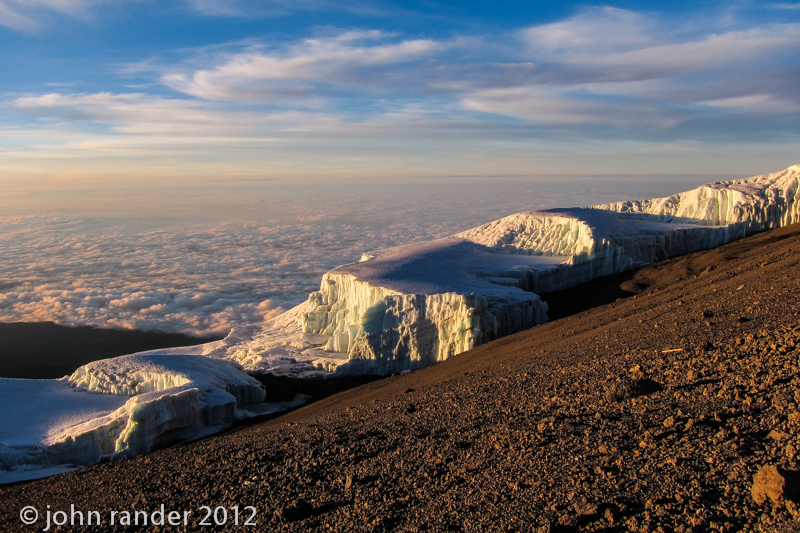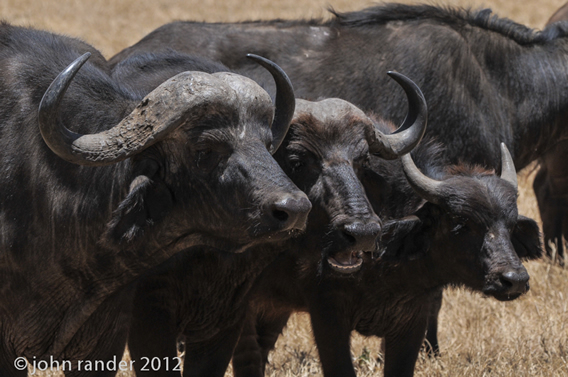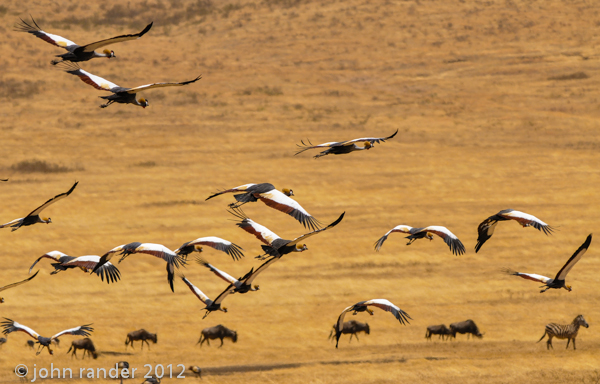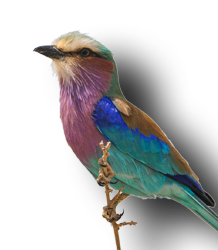
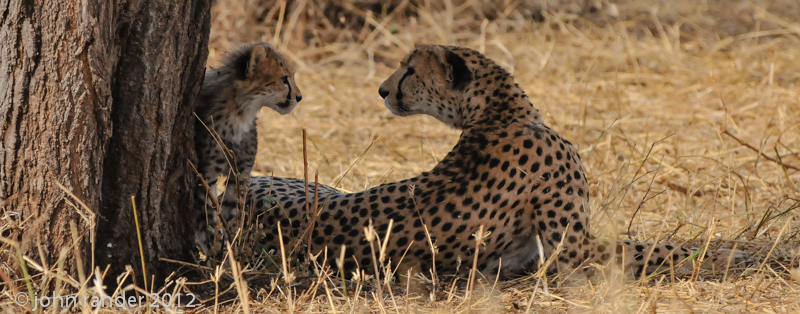
Tanzania voyage
The natural beauty of our planet, whether underwater or above, is a source of perpetual inspiration. Nature photography is a privilege, demanding patience, but giving us in return the opportunity to share a few moments in the life of the subject.
Underwater photography is but a facet of this adventure; here are images from another domain...
Autumn 2012
This trip was our second visit to Tanzania; our first visit was a snorkeling adventure in January 1991, including 3 weeks in a village on the East coast of Zanzibar and a few days at Changu Island on the West side. Our objectives in 2012 were quite different: first, to satisfy Brigitte’s lifelong wish to climb Kilimanjaro and second, to visit the wildlife parks to the west of the mountain. Our trip was shared with two fellow SCUBA diving instructors, Thierry and Réjane.
Kilimanjaro's barren high altitude zone, above 5000 m, contrasts with the richness of the open moorlands, and it's characteric endemic plants, at the upper limit of the lower clouds (2700 to 4000 m).
Ascension of Kilimanjaro via the Machame route
We chose the Machame route because it is reputed to offer the widest range of interesting views and, as climbers, it offers the pleasure of scrambling up the Great Barranco Wall. Our French travel agency booked the climb with ZARA TANZANIA ADVENTURES, and we were very pleased with the professional and friendly efforts of our guide, Omari Hoza, and his team. We chose late September in order to profit from the generally good weather at the end of the dry season. Thick afternoon clouds and mists were unavoidable, but the skies cleared each night.
The biggest challenge of Kilimanjaro is the altitude of its summit (Kibo’s Uhuru Peak is at 5895 m), and by taking seven days, start to finish, all four of us were sufficiently acclimatized to enjoy it. The photos on the mountain were all taken with a CANON S95 compact digital camera, which we find an excellent choice when going light while backpacking.
Ngorongoro crater: a standoff at a creek between a herd of thirsty Cape buffalo and a group of hungry lions...
Photographic safari to the Tanzanian National Parks of Tarangire, Lake Manyara, and Serengeti, and the Ngorongoro Crater
Our 8 day photographic safari was organized with LEOPARD TOURS and we were delighted with our driver-guide, Kitanga Zuber, who took great pains to give us a chance to photograph the wildlife without disturbing it. Due to our choice of dates for Kilimanjaro, we were visiting the region late in the dry season, so Kitanga concentrated whenever possible on wooded areas or watering spots. We started at the Tarangire and Lake Manyara National Parks, before visiting the very rich Ngorongoro crater. Thence we wandered across the Serengeti, finally finishing in the northernmost region with a long excursion to the Mara River to observe the wildebeest there. In order to economize precious travel time, we chose to take a bush plane back to Arusha from the Lobo Wildlife Lodge in the Serengeti; Air Excel offers a regular service using a Cessna Caravan. We recovered our heavy mountaineering sacks, left in Arusha, before heading for the Kilimanjaro Airport and our return flight.
Photographic gear on the safari included NIKON D300 DSLR bodies for Brigitte and I, equipped respectively with the AF-S VR NIKKOR 70-300mm f/4.5-5.6 G IF-ED zoom, and the AF-S NIKKOR 300mm f/4 D IF-ED lens. A telephoto lens is vital, but it needs good stability. This was achieved by placing each camera on a homemade bean bag posed on the 4x4 roof edge (customized TOYOTA Land Cruiser with a pop-up roof). (Click to learn how to make your own bean bag). Finally, panoramas and general scenes were usually taken with the CANON S95 to avoid changing lenses in the dusty environment. Concerning image storage space: each of us took 32Go of CompactFlash memory cards which, by limiting RAW images to difficult lighting conditions, was sufficient for the 8 days.
Ngorongoro crater: a flight of crowned cranes.
The feeding behavior of oxpecker birds (removing parasites such as ticks) might be considered a parallel to underwater cleaning stations, if it were not for their tendancy to keep wounds open...
A selection of images from the Kilimanjaro climb and the photographic safari can be seen in my portfolio from:
Tanzania Voyage
Click on the bird below (a Lilac-breasted Roller) to see my portfolio:
© John Rander, all rights reserved.
